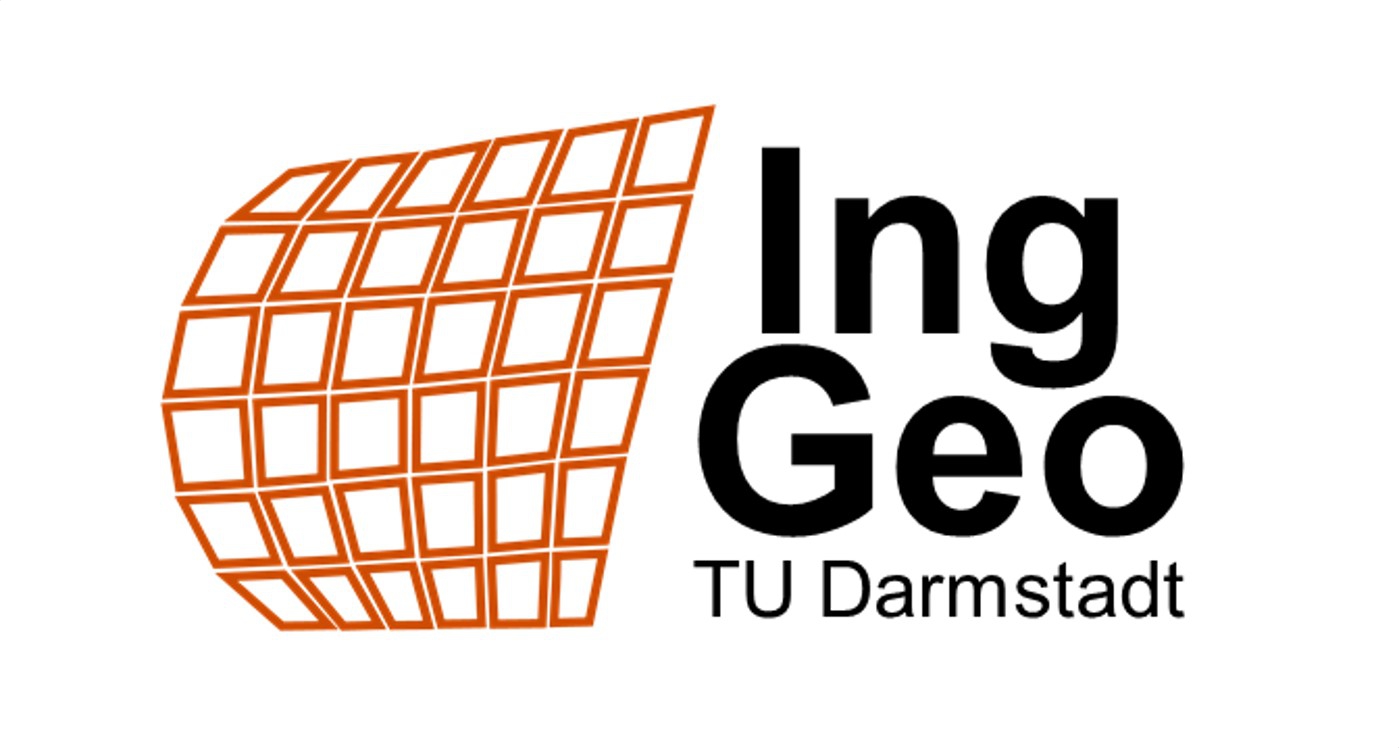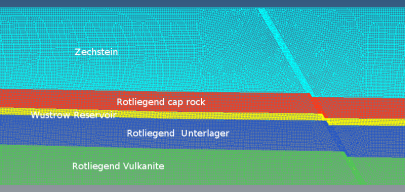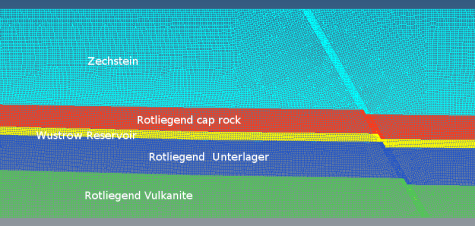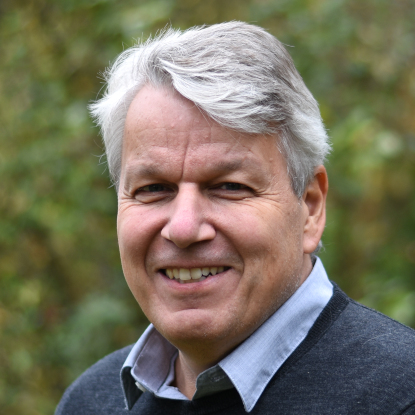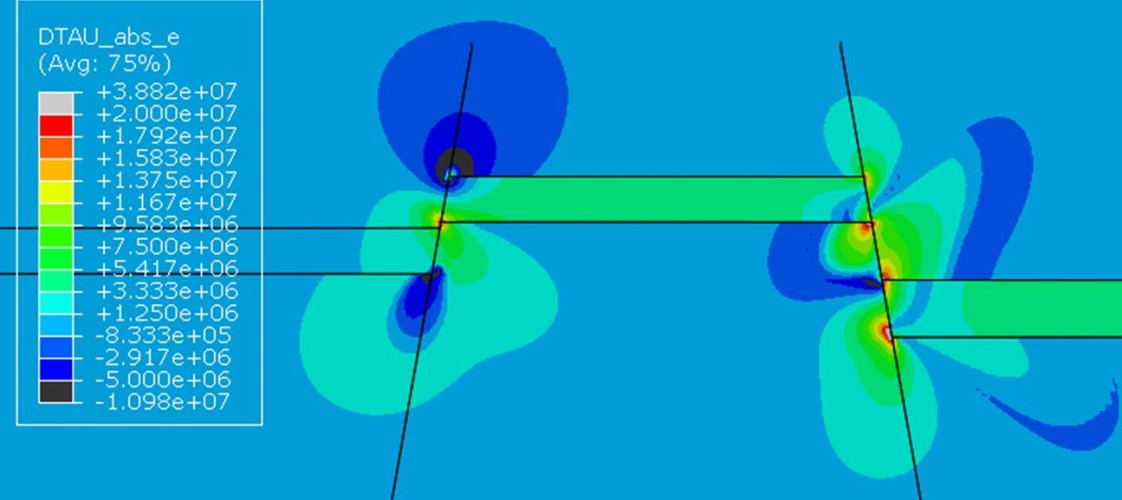
Facts about the project
Project manager: Dr. Tobias Hergert +++ Duration: 01.01.2020 – 31.08.2021 +++ Project funding: DGMK e.V., Hamburg
In some North German gas fields, small earthquakes have occurred within or in the immediate vicinity of the reservoir during the production phase, while other gas fields show no seismicity. Previous studies (e.g. APIS 1) have used numerical simulations to identify some factors that generally favor the occurrence of critical stress states on faults within the reservoir or at its rim, which can ultimately result in earthquake activity. DGMK project 825 is dedicated to the question whether for individual natural gas fields there is indeed a correlation between the occurrence of seismicity and the geological factors favoring fault reactivation. Different types of reservoirs in the North German Basin, which differ in particular in their subsurface geometry and stratigraphic age, are considered.
Generic finite element models are used to examine how the development of stress on faults differs in the course of production for the individual reservoir types and whether a correlation with the seismicity observed can be determined. The model geometries are based on the typical characteristics of Rotliegend and Zechstein reservoirs in the North German Basin. The modeling results are used to quantify an evaluation matrix in which possible control factors for production-induced seismicity in the North German Basin are compiled for 25 natural gas fields.


